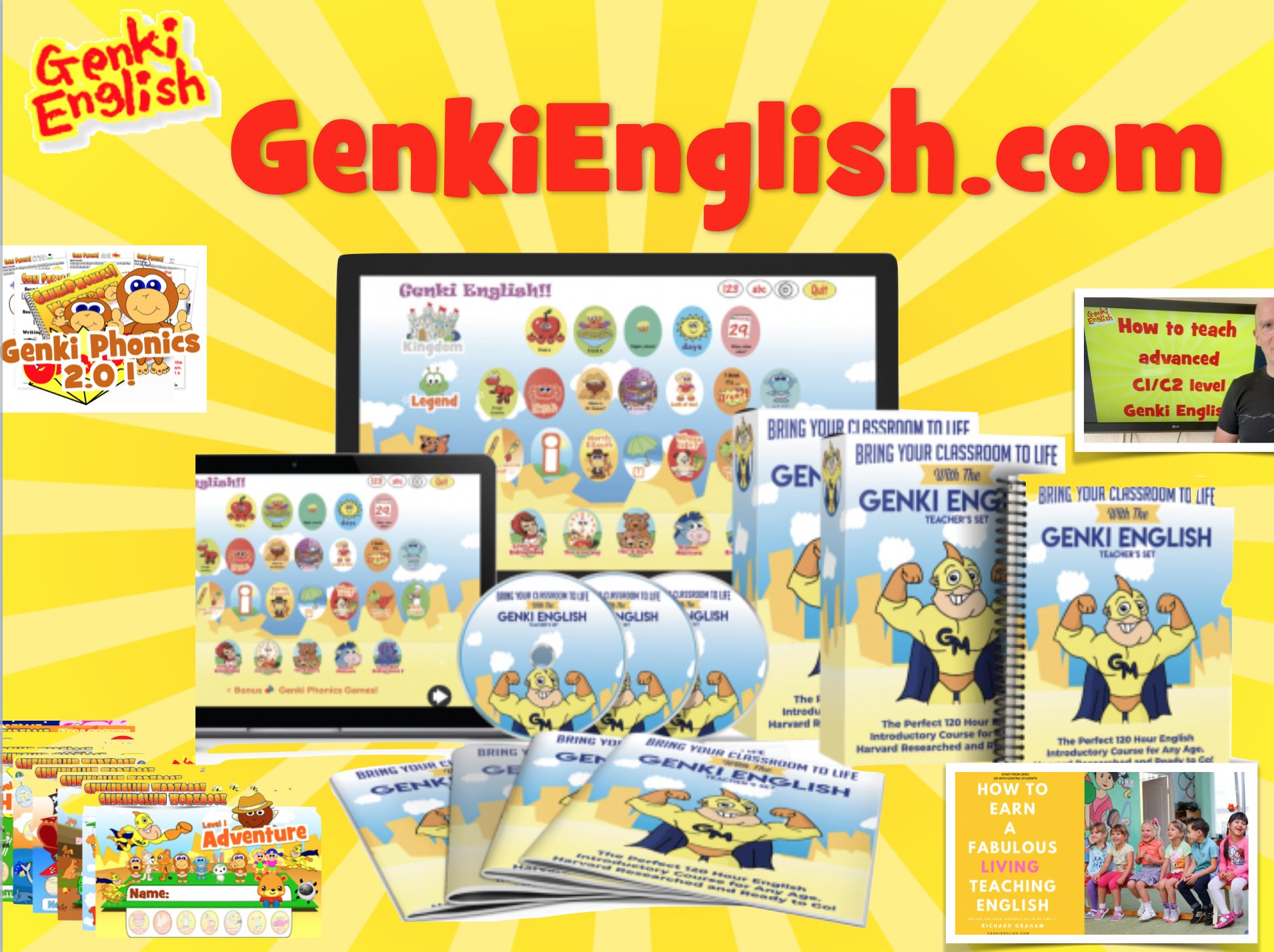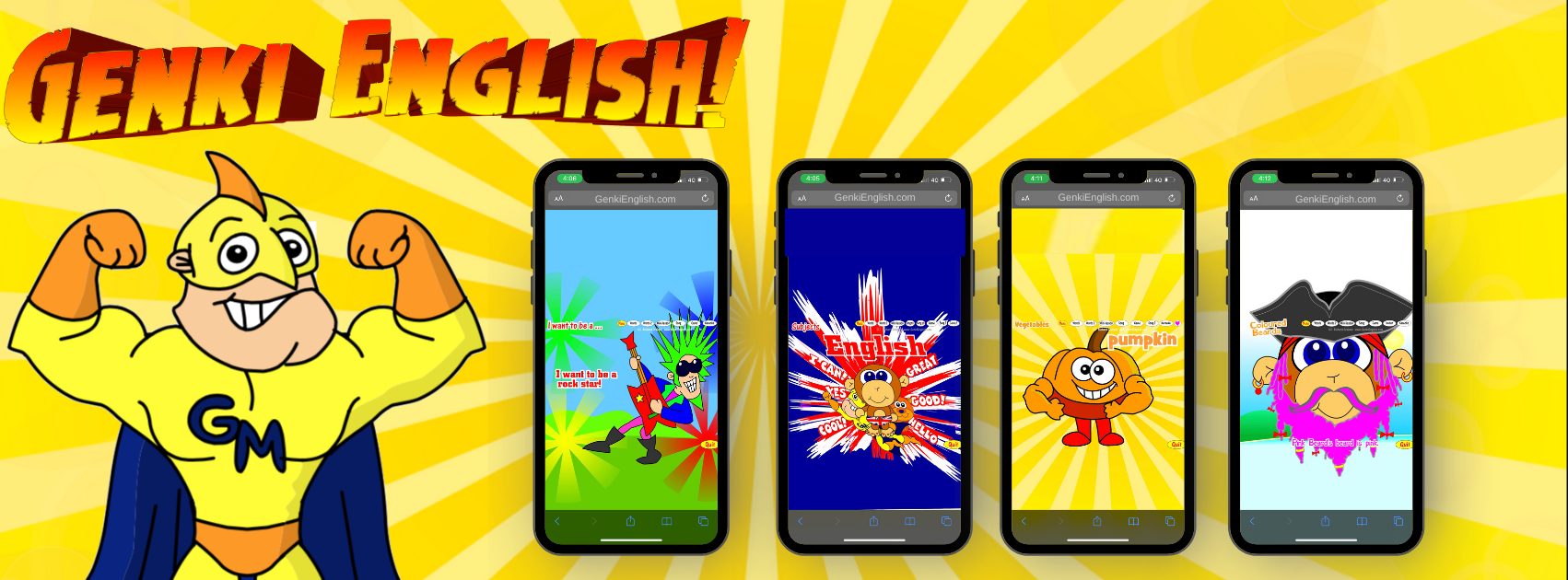One of the main things that keeps me going with Genki English is because of all the really bad learning materials out there. I love it when I come across something that’s good as I can simply recommend it and get one with something else. But far too often some of the material available is just appallingly bad.
For example I read on a news site this morning about a new online learning website for Japanese students. Part of what they have is a traditional stories section. It’s a bit similar to the Fairy Stories section I wrote last month.
But they have licensed Hello Kitty pictures to illustrate the story! Wow, now that is genius. It’s the perfect thing to get the attention of Japanese learners. Wonderful! But then you listen to the narrations they provide and they are in the most atrociously bad katakana accents. Sunoo-wu Howaito— etc. and the phrasing and beauty of the English just goes out the window replaced with awkward pauses and stilted timing. It sounds horrible, and would get zero in any credible English test or exam. The problem is that learners who don’t know any better think this what they should be copying.
At yesterday’s workshop we had the same thing. One of the teachers did a really good workshop on using a Dr Suess picture book. She did a great job with lots of activities and games. For example playing karuta where you read part of the book and the kids have to flip to the right page.
But … she was using a CD produced by a Japanese company to provide the model pronunciation for the kids. And it was horrible! Although Dr Suess contains some words that I wouldn’t normally recommend for ESL ( for example “pail” or “bureau drawers”) I would usual forgive it for the beauty of the rhythm and rhyme of the story. It is beautiful and a level I could never hope to achieve with my own works. But on this CD they’d just destroyed any essence of correct English. It was just as if the, obviously non-English speaking, producers of the CD had said to the native English speaking actors “Make it more lively!”, and instead of the flows and ebbs and poetry Dr Suess intended, it was just a flat soulless, half hearted recording almost to the tune of Grandmaster Flash’s “Don’t push me, I’m close to the edge”! Where on Earth did that idea come from? But the kids were copying this and the teachers were thinking it was wonderful! They were all congratulating each other on how amazing the recording of their students was.
The generous explanation of this is that the publishers are just trying to make a quick buck off teachers who don’t know any better. The cynical explanation is that it’s another example of the plot to keep Japanese people’s English level as low as possible.
Whatever the cause there should really be no excuse. We should be teaching the beauty, fun and funkiness of the language, not just regurgitating the words in some machine gun boring fashion that removes any essence of art and leaves the communication value at zero. At the very least we should not be teaching pronunciation and reading styles that are just plain wrong.
The ironic thing about all this? It’s the people who complain via email and in their blogs that my recordings ( for example the phonics page or picture books ) should be re-recorded “with real native speakers”. Sometimes you just can’t win…



